Why we see a big future in remote patient monitoring
Outdated healthcare always needs the patient to visit a hospital or clinic and consult a doctor for health examinations and cures for any diseases. This requires some serious energy as far as arrangements for the specialist and the patient except if it is an emergency, and this would likewise require transportation for patients. Even though medicinal services so far sacrificed patient care in any way, postpones were inescapable. This is set to change essentially with the coming of RPM in health care.
What Is Remote Patient Monitoring?
Remote patient monitoring (RPM) utilizes digital equipment to gather medical service. Also, different types of healthcare information from people in one place and by electronic means convey that info fast to health care workers in a different location for recommendations and assessment. This type of service lets a provider keep on following human services information for a patient once released to care facility or home, decreasing rates of readmission.

Monitoring programs can gather a huge collection of health data from the care center, such as heart rate, blood pressure, blood sugar, vital signs, weight, electrocardiograms, and blood oxygen levels.
After that, the collected data is conveyed to health experts in services such as skilled nursing facilities, monitoring centers in chief care settings, intensive care units and hospitals, and concentrated off-site. Health specialists observe these patients remotely and perform according to the information received as a plan of the treatment.
Additionally, monitoring programs can aid save people healthy, permit disabled and older people to live at home and evade partaking to move into expert facilities of nursing. RPM can likewise serve to decrease the number of patients in readmissions, hospitalizations, and extents of stay in hospitals, all of these can help to advance worth of life and contain costs.
Remote Patient Monitoring (RPM) and Telehealth
RPM looks like Telehealth but it is not. Telehealth also utilizes communication and information technologies that as it may, doesn’t utilize specific gadgets to collect health data. It is accomplished by utilizing communication, for example, Mobile phones, video or different methods for remotely coordinating to interact with the patient at a remote place to evaluate the illness and recommend medication.

From a reasonable perspective, RPM is a particular utilization of Telehealth, if Telehealth is regarded as a more extensive term about conveying human services closer to the patient.
Remote Patient Monitoring (RPM) Applications:
RPM systems could discover applications in various cases of healthcare, some of which are mentioned as following:
- Patients with Heart Diseases: Recovering patients with heart problem need constant 24-hour care to evaluate the conditions and rapid medication/care. The gadgets which include therapy of heart resynchronization and pacemakers are particularly beneficial in stopping problems for patients of heart diseases. The software used for the diagnostic purpose is combined with the device competencies that could nearly double-up as a doctor in the vicinity.
- Senility or Dementia Problems: Old age people frequently suffer from forgetfulness and senility, this could carry some problems such as people falling at some places such as mislaying the way. The assistance and surveillance delivered by RPM gadgets could support those people. They could even help track their locations if these are GPS enabled.
- Diabetes and Hypertension Control: High BP or Diabetic patients need constant control and monitoring of blood sugar and blood pressure. This can be attained by an RPM system that not just monitors, that could also deliver signals for monitoring them. The software for the diagnostic purpose could offer not only the illness but also information the medication necessary or diet control to carry the blood sugar to satisfactory levels.
- Clinical Trials: In particular medical trials that may need long-term observation of the issues in the course of and after the trials, this may be accomplished with the RPM systems.
Future of Remote Patient Monitoring
Remote Patient Monitoring originates with many potential and has developed into a more advanced service compared to Telehealth. It is successful in developing with the period in terms of innovation and growth. The subsequent trends are predicted yet to come for Remote Patient Monitoring:
- Widely acceptance of Remote Patient Monitoring in research and practice management.
- Convergence and consolidation of technologies partaking in RPM.
- Enhancing patient participation in RPM utilization and adoption.
- Enhancements in technologies and devices with growing information share and utilization.
- Application of investigation prompting an improved investigation of patient condition data and the related appraisals.
Conclusion
Remote Patient Monitoring systems are valuable for the reason they allow the patients to live their life while simultaneously afford consistent clinical consideration. The requirement for visiting the facility/specialist is pushed to just meriting cases. Online or offline RPM gadgets are viable patient partners consistently.
RPM systems can be utilized by even healthy individuals who may anticipate medical issues later on. RPM systems will keep on advancing with expanding usage, mindfulness, and improving advancements.

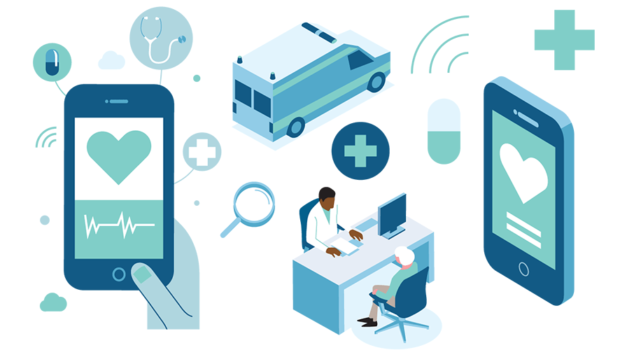

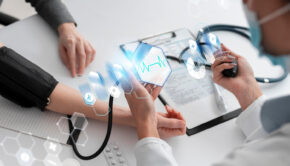
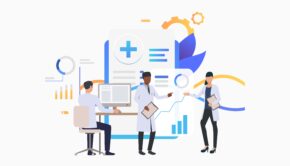
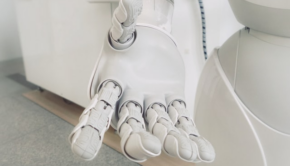


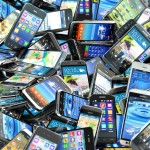
![How to use tech to take better breaks [Infographic]](https://technofaq.org/wp-content/uploads/2017/03/How-to-use-breaks-to-be-more-productive-150x150.png)






